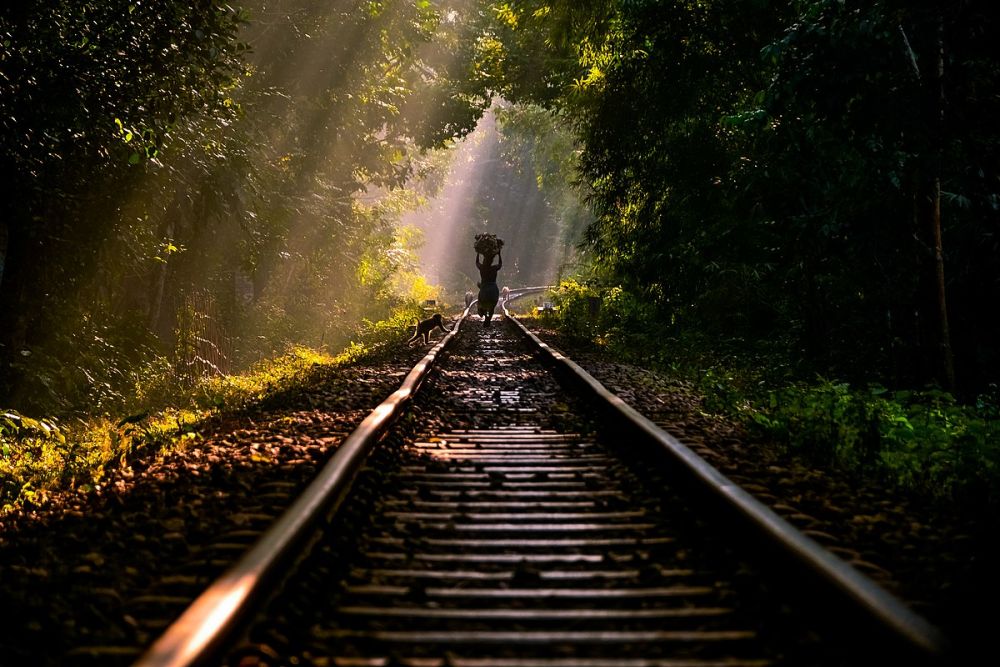

Lawachara National Park is one of the significant national parks in Bangladesh, located in the northeastern region of the country in Sylhet. Established in 1996 under the Bangladesh Wildlife (Preservation) Amendment Act of 1974, the park spans approximately 12.5 square kilometers of semi-evergreen forests of the Kamalganj forest division within the Moulvibazar District.
The history of tourism in Lawachara National Park is intertwined with its rich biodiversity and the cultural significance of the indigenous Khasia communities residing in and around the park. Over the years, the park has become a hub for ecotourism and conservation efforts, attracting visitors from across the world interested in experiencing its natural beauty and unique wildlife.
The park gained international recognition when the British television series, "The Bengal Tigers," was filmed here in the late 1990s. This exposure brought Lawachara into the limelight, leading to an uptick in tourism. The Bangladeshi government, recognizing the potential of the park to attract visitors, has invested in infrastructure and facilities to encourage eco-friendly tourism.
Lawachara is home to approximately 460 species, including the endangered Hoolock gibbons, Phayre's leaf monkeys, and numerous species of birds, reptiles, and insects. The park is celebrated for its efforts in protecting these species and their habitats.
Visitor attractions include the chance to see the Hoolock gibbons swinging from the tree canopies in the early morning, nature trails that meander through the lush tropical forest, and the opportunity to learn about the local Khasia lifestyle at the Khasia Punji villages.
In the last decade, tourism in Lawachara National Park has seen a shift towards sustainability. Efforts to minimize environmental impact include policies to regulate the number of visitors, guided eco-tours, and education programs focusing on conservation.
Moreover, the Bangladeshi government and various NGOs are working together on community-based tourism initiatives. These programs empower local communities, generate income, and help to preserve traditional lifestyles and knowledge.
Lawachara National Park is accessible year-round, but the best time to visit is during the cooler months from November to March. Tourists should obtain permission from the forest department before visiting, and hiring local guides is highly recommended.
Accommodation options range from forest rest houses to nearby resorts that cater to a variety of budgets and preferences. Visitors are encouraged to adhere to the park rules, respect the local culture, and contribute to the conservation efforts.
Looking ahead, the future of tourism in Lawachara National Park is poised to continue on a sustainable path. With a growing awareness of environmental issues and the value of biodiversity, Lawachara is set to be a flagship model for conservation and eco-tourism in Bangladesh.
As with any natural habitat, the increased interest in Lawachara National Park comes with a responsibility to maintain its integrity and protect it for future generations. The park's administration continues to strive for the right balance between facilitating tourism and ensuring the conservation of this remarkable ecosystem.